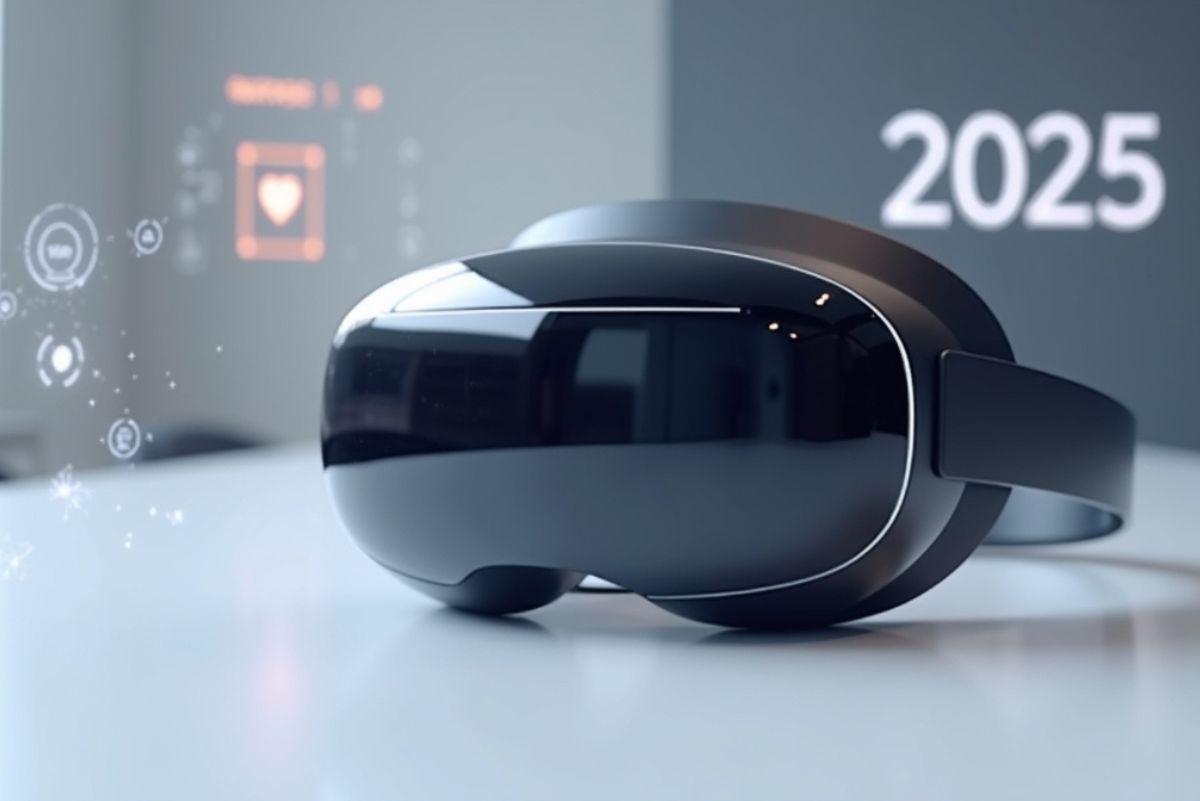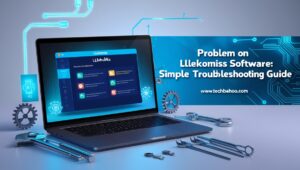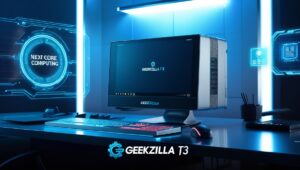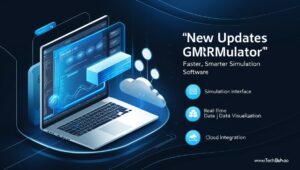The Apple Vision Pro’s sales flop has shaken confidence in Apple’s entry into the AR/VR space.
Touted as a revolutionary step into spatial computing, the high-end Apple headset didn’t land as expected.
Despite its innovative tech, sleek design, and Apple branding, it fell short of consumer expectations and even Apple’s own.
But Apple isn’t backing down. Instead of waiting for a full product cycle, the company is now fast-tracking a Vision Pro upgrade, rumored to launch with the powerful Apple M5 chip before the end of 2025.
It’s a bold move that suggests Apple is urgently trying to recover its footing in the mixed reality headset market.
Why Apple Vision Pro Flopped in the First Place
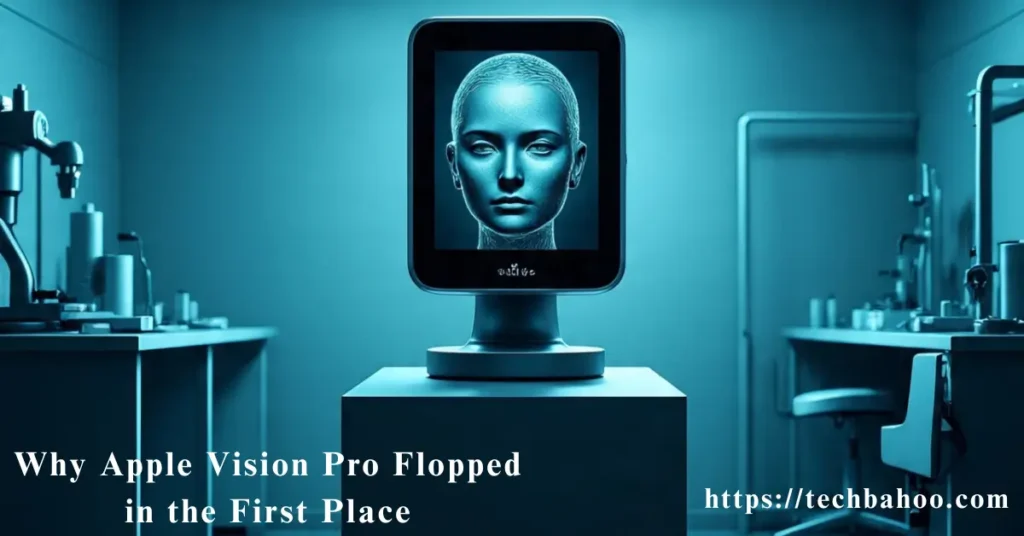
The original Vision Pro faced multiple setbacks right from launch. It was expensive premium pricing placed it well beyond the reach for average consumers.
At the same time, it didn’t offer the kind of must-have experience that justified the cost.
Users reported discomfort, short battery life, and a steep learning curve. The lack of meaningful Vision Pro app support made the device feel incomplete.
Ultimately, it became a symbol of potential, not practicality a Vision Pro commercial failure Apple hadn’t seen coming.
Also Visit: https://techbahoo.com/how-blockchain-works/
Weak Sales, Production Cuts, and Unused Inventory

Reports of declining interest started surfacing within months of launch. Sales dropped off faster than expected, and Apple was forced to scale back manufacturing plans.
Inventory piled up while consumer interest continued to fade.
What made things worse was that the device wasn’t catching on, even with its intended audienc,e early adopters and tech professionals.
Many found the Vision Pro user experience clunky and underwhelming for the price. It became clear that Apple needed a serious course correction.
Apple’s Urgent Plan: Vision Pro 2 with M5 Chip
Apple has moved into damage control mode. According to internal leaks and code references, the company is prepping a refreshed version of the headset which many are calling the Vision Pro 2 or Vision Pro 2.0 release.
The standout change? An upgrade to the Apple M5 chip which is expected to offer a noticeable boost in performance and efficiency.
The M5 processor performance may also help power more advanced spatial computing features and better support Apple Intelligence in mixed reality apps.
What Will (and Won’t) Change in Vision Pro 2
Despite the new chip, the hardware might not see a dramatic overhaul. The Vision Pro redesign is rumored to include minor comfort improvements like a lighter frame and redesigned strap, but don’t expect a sleek new look or major change in how the device operates.
Most of the changes will likely come from under-the-hood improvements and software enhancements.
Apple may focus more on expanding its developer support, growing its Apple mixed-reality ecosystem, and improving cross-device compatibility with iPhones and Macs.
What This Means for Apple’s Wearable Strategy
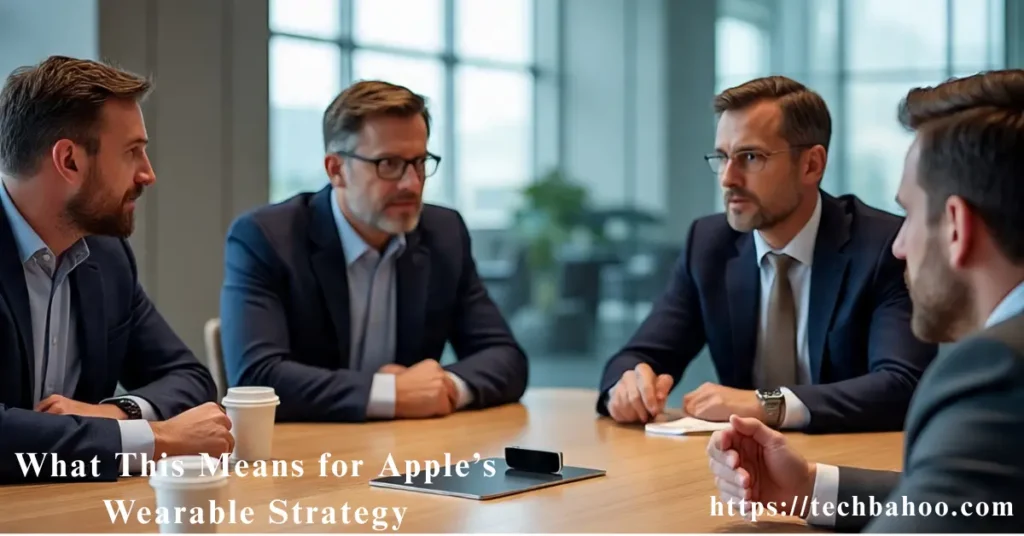
The rushed development of Vision Pro 2 suggests Apple knows it miscalculated. It’s a rare moment of public course correction from a brand that typically dominates the market with precision.
But it also reflects Apple’s desire to stay ahead in the Apple AR/VR race, especially as competitors like Meta gain ground.
This move could also open the door for a cheaper Vision Pro model in the future, targeting a wider market segment.
A more affordable Apple wearable technology product might finally bridge the gap between innovation and accessibility.
Will Vision Pro 2 Be Enough?
Upgrading to the Apple M5 chip alone won’t be enough to reverse the flop. Apple needs to address the user experience, deliver compelling apps, and make the product more comfortable for longer use.
Otherwise, the device risks becoming another ambitious idea that failed to connect with real-world users.
What’s also unknown is whether Apple can generate enough hype for the new version, especially after the mixed reception of the original.
Success will require more than better specs it’ll need better storytelling, better pricing, and a stronger ecosystem.
Conclusion
The Vision Pro sales didn’t just fall short they fell flat. But Apple’s decision to push out a refreshed version with an M5 chip shows they’re still committed to owning the future of spatial computing.
Whether this move is too soon or just in time remains to be seen.The Vision Pro 2 could still become a turning point.
If Apple learns from its mistakes and listens to user feedback, this new version might actually deliver on the promise the original couldn’t. Until then, all eyes are on the clock, and Apple is racing it.
FAQs
What caused the Apple Vision Pro flop?
It was too expensive, lacked strong apps, and didn’t deliver enough practical value.
Is Apple launching a Vision Pro 2 in 2025?
Yes, a refreshed version with the M5 chip is expected before the end of 2025.
Will Vision Pro 2 be cheaper than the first model?
Not likely, though a more affordable version might follow later based on market demand.
